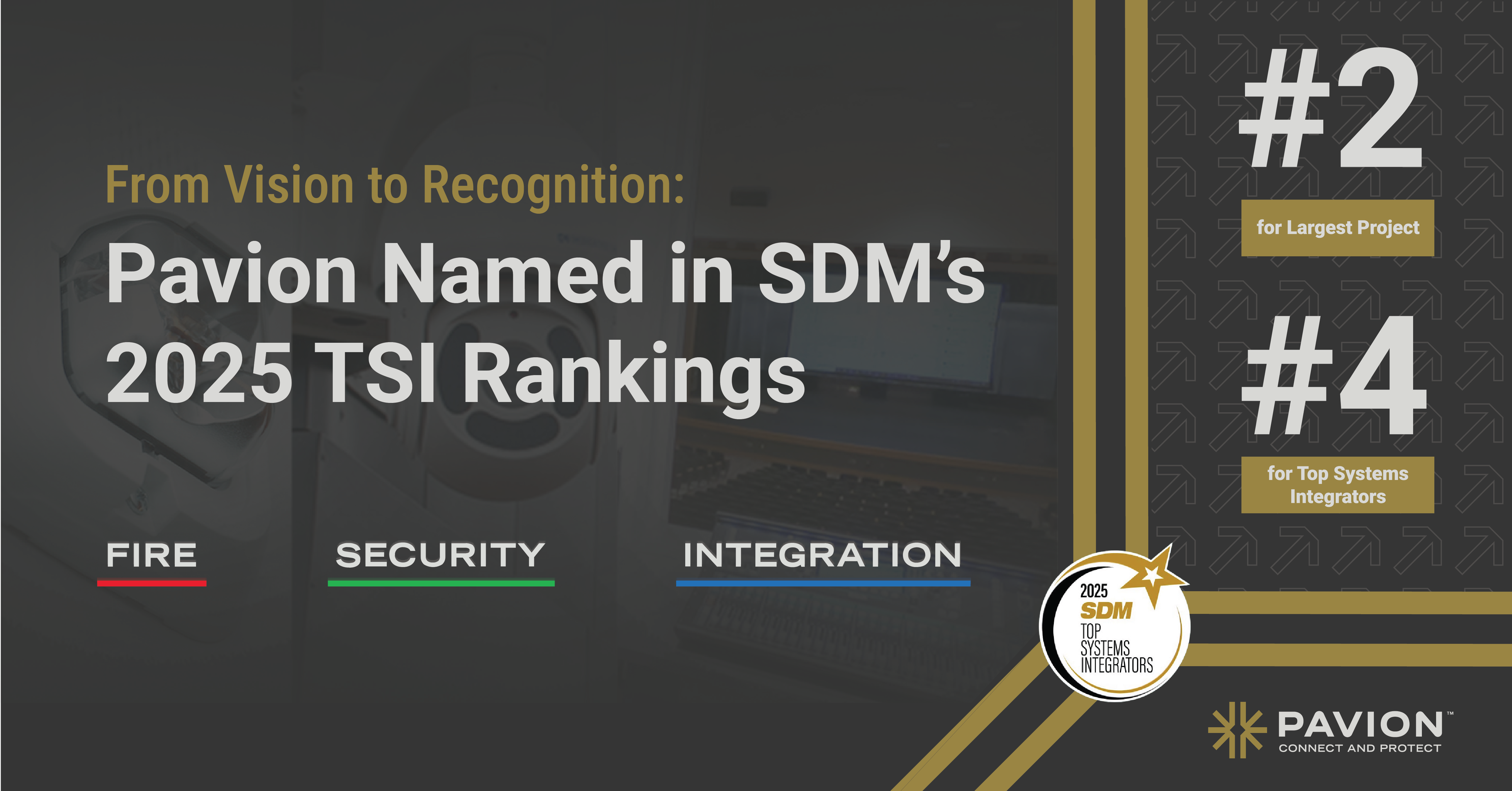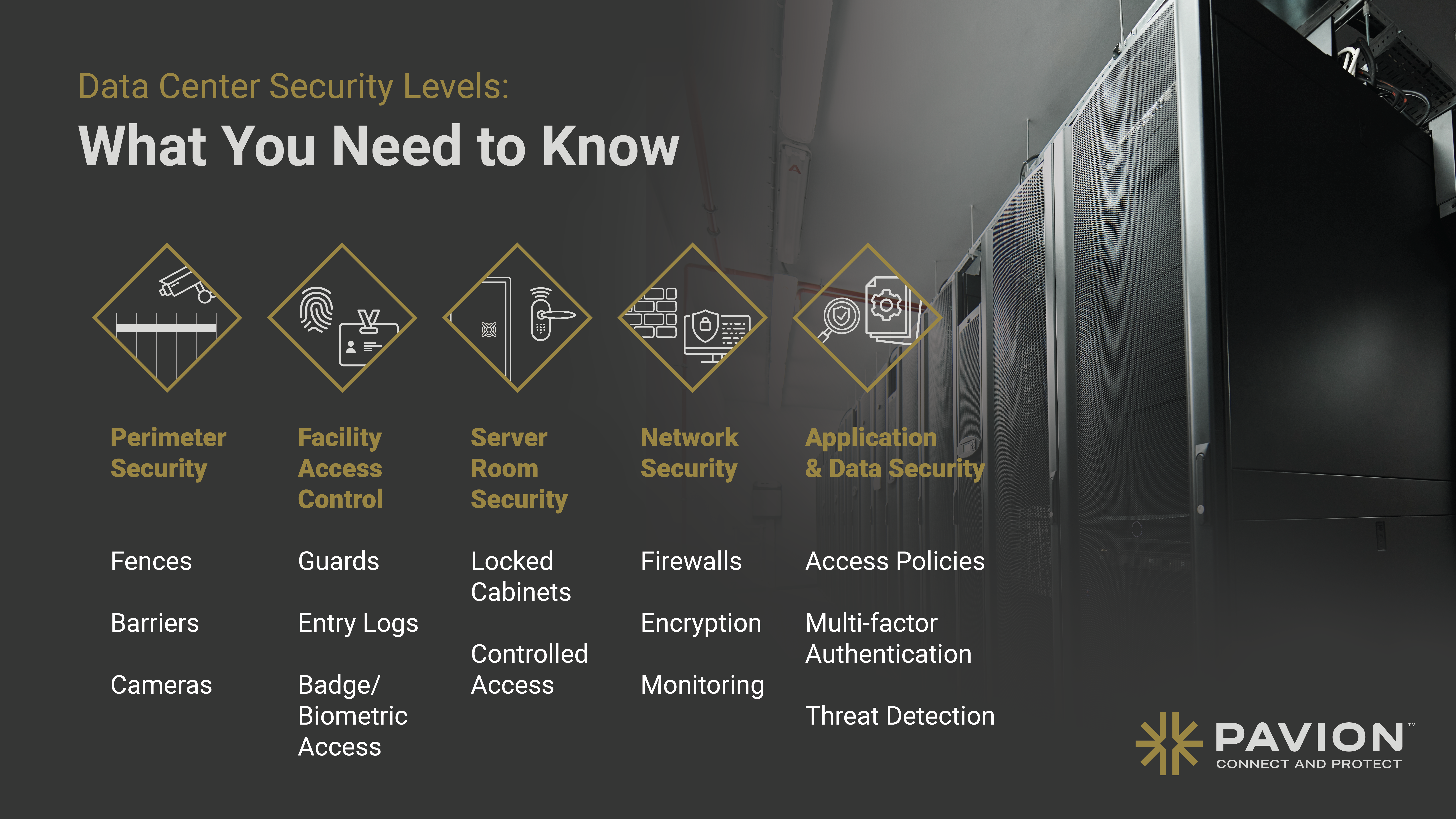
Integrating Audio-Visual Systems in Modern Workspaces
In today’s rapidly evolving work environment, seamless communication and collaboration are essential for businesses to stay ahead. The integration of audio-visual systems in modern workspaces has emerged as a game-changer, revolutionizing the way organizations operate. At Pavion, we specialize in helping businesses harness the power of audio-visual technology to create dynamic and efficient workspaces.
Understanding the Importance of Audio-Visual Systems in Workspaces
Effective communication lies at the core of any successful business. In today’s fast-paced and interconnected world, businesses need to break down barriers and enable clear and efficient communication. This is where audio-visual systems come into play. They play a pivotal role in enhancing communication by providing a platform for immersive and interactive exchanges.
Audio-visual systems have revolutionized the way businesses communicate. Gone are the days of relying solely on traditional methods such as phone calls and emails. With audio-visual systems, businesses can conduct virtual meetings, deliver impactful presentations, and foster collaboration among team members.
The Role of Audio-Visual Systems in Communication
Audio-visual systems eliminate the limitations of traditional communication methods. With high-quality audio systems, participants can communicate effortlessly, ensuring that every voice is heard loud and clear. This is particularly important in large meetings or conferences where it can be challenging to hear and understand everyone.
Visual systems, on the other hand, enable engaging presentations and interactive discussions. They captivate audiences and convey ideas with precision. With the help of visual aids, complex concepts can be simplified and made more accessible to everyone. Visual systems also allow for real-time annotations and highlighting, making it easier to emphasize key points and keep the audience engaged.
Enhancing Collaboration with Audio-Visual Systems
Collaboration lies at the heart of every successful team. In today’s globalized workforce, teams are often dispersed across different locations. Audio-visual systems bridge the geographical gap and facilitate effective collaboration by seamlessly connecting team members.
With audio-visual systems, team members can share screens, documents, and ideas in real-time. This real-time collaboration fuels productivity and fosters a sense of unity among team members. It allows for brainstorming sessions, problem-solving discussions, and decision-making processes to happen seamlessly, regardless of physical distance.
Furthermore, audio-visual systems enable teams to work together towards a common goal. They provide a platform for virtual whiteboarding, where ideas can be visualized and refined collectively. This level of collaboration not only enhances productivity but also sparks innovation and creativity.
In conclusion, audio-visual systems have become an integral part of modern workspaces. They enhance communication by providing high-quality audio and visual experiences. They also foster collaboration among team members, regardless of their geographic location. As businesses continue to evolve and adapt to the digital age, audio-visual systems will play an increasingly important role in driving productivity and innovation.
Key Components of Audio-Visual Systems
For a successful integration of audio-visual systems, it is crucial to understand the key components involved.
Audio-visual systems have revolutionized the way we communicate and present information. Whether it’s in a corporate boardroom, a classroom, or a conference hall, these systems play a vital role in creating engaging and impactful experiences.
Audio Systems for Effective Communication
A reliable and crystal-clear audio system is the foundation of seamless communication in workspaces. High-quality microphones and speakers ensure that every word is conveyed accurately, eliminating any potential misunderstandings.
Imagine being in a large conference room, filled with people from different parts of the world. Without a powerful audio system, it would be challenging to understand the speaker’s message clearly. However, with advanced audio technology, businesses can create an environment conducive to productive and efficient communication.
Not only do these systems enhance communication within the workplace, but they also facilitate effective collaboration. In a team meeting, participants can share their ideas and opinions without any hindrance, thanks to the clear and crisp audio quality provided by these systems.
Visual Systems for Interactive Presentations
Visual systems breathe life into presentations, capturing the attention of the audience and ensuring information retention. Incorporating high-resolution displays, projectors, and interactive whiteboards provides a dynamic platform for sharing ideas and fostering engagement.
Imagine attending a conference where the speaker uses a state-of-the-art projector to display stunning visuals that complement their presentation. The impact of such visuals is undeniable, as they not only convey information but also evoke emotions and create a memorable experience for the audience.
With visually impressive systems, presentations become more than just slides but rather immersive experiences that leave a lasting impression. Interactive whiteboards, for example, allow presenters to engage with their audience in real-time, encouraging participation and collaboration.
Moreover, visual systems are not limited to presentations alone. In educational settings, these systems enable teachers to create interactive lessons that cater to different learning styles, making education more engaging and effective.
From corporate meetings to educational institutions, audio-visual systems have become an integral part of modern communication and presentation. By investing in these key components, businesses and institutions can elevate their communication and engagement strategies, leading to improved productivity and success.
Steps to Integrate Audio-Visual Systems in Workspaces
Integrating audio-visual systems into workspaces is a process that requires careful planning and execution to maximize their potential.
Assessing Workspace Needs for Audio-Visual Integration
Before embarking on an audio-visual integration journey, it is important to assess the specific needs and requirements of your workspace. Factors such as room size, acoustics, and the nature of collaboration play a role in determining the appropriate audio-visual solutions. Conducting a thorough assessment ensures that the integration aligns perfectly with the workspace dynamics.
During the assessment phase, it is crucial to consider the different types of workspaces within the organization. For example, a conference room may require advanced audio-visual capabilities to facilitate presentations and video conferences, while a collaborative workspace may benefit from interactive displays and wireless connectivity. By understanding the unique needs of each workspace, businesses can tailor the audio-visual integration to enhance productivity and collaboration.
Furthermore, the assessment should also take into account the future growth and scalability of the organization. It is essential to choose audio-visual solutions that can adapt and expand as the business evolves, ensuring a long-term investment that continues to meet the changing needs of the workspace.
Choosing the Right Audio-Visual Equipment
With a multitude of audio-visual equipment available in the market, selecting the right components can be overwhelming. Working with experienced professionals, like Pavion, helps businesses navigate the selection process efficiently. By analyzing the specific requirements and budget constraints, we help identify the ideal audio-visual equipment that meets both functional and aesthetic expectations.
When choosing audio-visual equipment, it is important to consider factors such as display resolution, audio quality, and compatibility with existing systems. High-definition displays with vibrant colors and crisp images can significantly enhance the visual experience, while audio systems with surround sound capabilities create an immersive environment. Additionally, compatibility with different devices and software platforms ensures seamless integration and ease of use.
Moreover, businesses should also consider the long-term maintenance and support of the chosen audio-visual equipment. Partnering with a reliable service provider ensures prompt assistance in case of any technical issues and access to software updates to keep the systems up to date.
Installation and Setup of Audio-Visual Systems
Once the equipment has been chosen, the installation and setup phase begins. A professional installation ensures that all components are correctly integrated into the workspace without disrupting the daily operations. Skilled technicians handle the intricate wiring and configuration, sparing businesses the hassle and ensuring a seamless integration process.
During the installation process, technicians carefully position the displays, projectors, and speakers to optimize visibility and sound distribution. They also ensure that all cables are neatly organized and hidden to maintain a clean and professional appearance. Additionally, the setup includes calibrating the audio-visual systems to achieve optimal performance, adjusting settings such as brightness, contrast, and audio levels.
Furthermore, the installation phase may also involve integrating control systems that allow users to easily operate the audio-visual equipment. These control systems can range from simple remote controls to more advanced touch panels or even smartphone applications. By providing intuitive and user-friendly interfaces, businesses can enhance the overall user experience and streamline the operation of the audio-visual systems.
Once the installation and setup are complete, businesses can enjoy the benefits of a fully integrated audio-visual system that enhances communication, collaboration, and productivity in the workspace. Regular maintenance and periodic upgrades ensure that the audio-visual systems continue to deliver optimal performance and meet the evolving needs of the organization.
Maintaining and Upgrading Audio-Visual Systems
Ensuring the longevity and optimal performance of audio-visual systems require regular maintenance and periodic upgrades.
Regular Maintenance of Audio-Visual Equipment
Just like any other technology, audio-visual equipment requires periodic maintenance to sustain its performance and prevent unexpected issues. Routine inspections, cleaning, and software updates enhance the lifespan of the systems and minimize downtime. At Pavion, we offer comprehensive maintenance packages tailored to businesses’ specific needs, guaranteeing uninterrupted communication and collaboration.
Upgrading Audio-Visual Systems for Optimal Performance
The technological landscape is ever-evolving, continually introducing new innovations. Upgrading audio-visual systems allows businesses to harness the latest advancements, improving performance and unlocking new possibilities. Our team of experts at Pavion stays abreast of emerging trends and works closely with businesses to identify opportunities for system upgrades, ensuring they remain at the forefront of audio-visual technology.
The Future of Audio-Visual Systems in Workspaces
The audio-visual industry continues to evolve, shaping the future of workspaces and communication.
Emerging Trends in Audio-Visual Technology
Artificial intelligence, virtual reality, and augmented reality are just a few examples of the cutting-edge technologies revolutionizing the audio-visual landscape. These emerging trends bring enhanced interactivity, improved quality, and expanded possibilities. As a leader in audio-visual integration, Pavion is committed to exploring and implementing these transformative technologies, preparing businesses for the workspace of tomorrow.
Adapting to Future Changes in Audio-Visual Systems
As advancements in audio-visual systems unfold, businesses must remain adaptable and open to change. The ability to embrace new technologies, reconfigure workspaces, and upgrade systems will determine their continued success in an ever-changing landscape. With a trusted partner like Pavion, businesses can confidently navigate future changes, staying ahead of the curve and leveraging audio-visual systems to their fullest potential.
As the modern workspace continues to evolve, the integration of audio-visual systems has become a fundamental requirement for businesses looking to enhance communication, collaboration, and productivity. At Pavion, we specialize in delivering tailored audio-visual solutions that empower companies to transform their workspaces into dynamic hubs of creativity and efficiency. With our expertise and commitment to innovation, we enable businesses to stay ahead in an ever-evolving digital world.
Transform Your Workspace with Pavion
Ready to elevate your business with cutting-edge audio-visual systems? At Pavion, we’re dedicated to connecting and protecting your operations with our comprehensive integration solutions. Don’t miss the opportunity to enhance your workspace’s safety, security, and communication capabilities. Get a Free System Assessment today and take the first step towards a more connected, secure, and innovative future.


